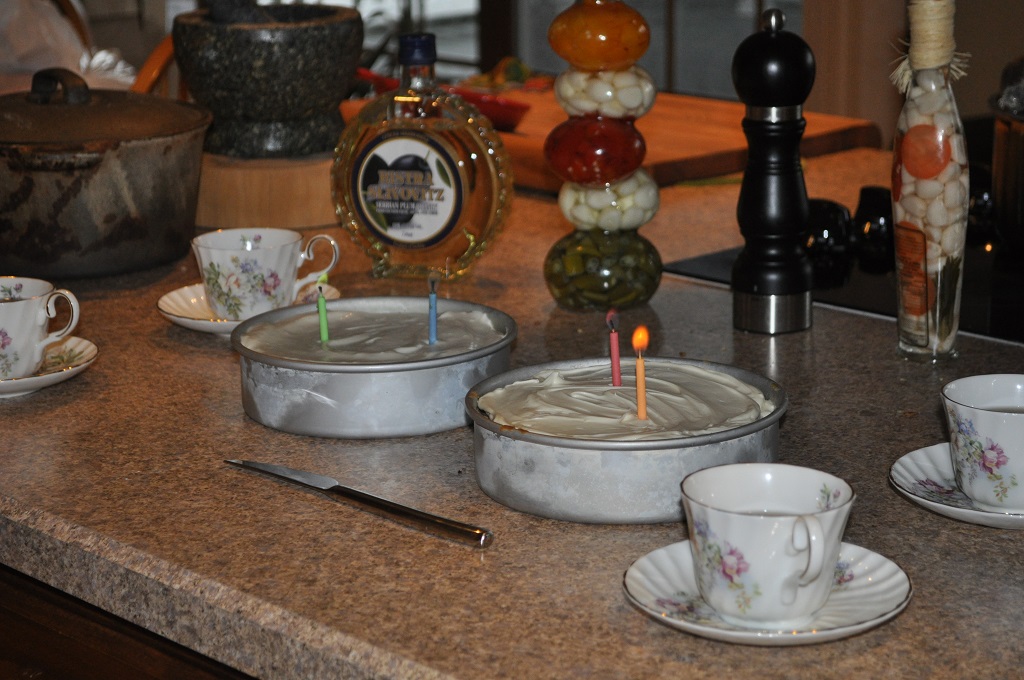Years ago, Paul Vixie developed a component of the BIND DNS server that allowed server owners to easily override specific hostnames. We had done something similar for particularly bad hostnames — if your workstations use your DNS servers, you just have to declare yourself the name server for a domain that has the same name as the hostname you want to block (i.e. I become the NS record for forbidden.google.com and my clients are able to resolve all other records within the google.com zone, but when they resolve forbidden.google.com … they get whatever I provide). I usually did this to route traffic over a B2B VPN – provided the private IP address instead of the public IP provided by the domain owner’s name servers. But for a few really bad malware variants, I overrode their hostname. Problem was the technique wasn’t exactly easy. Every single host required a new DNS zone be created, configured on your DNS servers, and (at least in BIND) the service restarted.
Response Policy Zone was pushed as a functionality that would allow service providers (ISPs). That’s not a use case I forsee (it’s a lot of manual work), but it has become an important component of our company’s network security. Hosting an RPZ domain allows us to easily add new overrides for B2B VPN connected hosts. But it also means we can override hostnames that appear in phishing e-mail campaigns, malware hosts, infected web sites … basically anything we don’t want employees accessing.
Stopping clients from accessing infected sites is a great thing; but for hostnames that are indicative of a compromised box (i.e. there’s a difference between an employee clicking on a link within their e-mail that links them to a specific host and someone having malware on their box that automatically contacts a specific host), we set the IP address for the hostname to a honeypot.
The honeypot is bound to all unused ports on the host (there aren’t a lot of used ports on it), logs all contact to a database, then basically hangs the connection. We have a scheduled job that looks at the contact log and opens a ticket to the desktop support team to investigate the compromised host.
